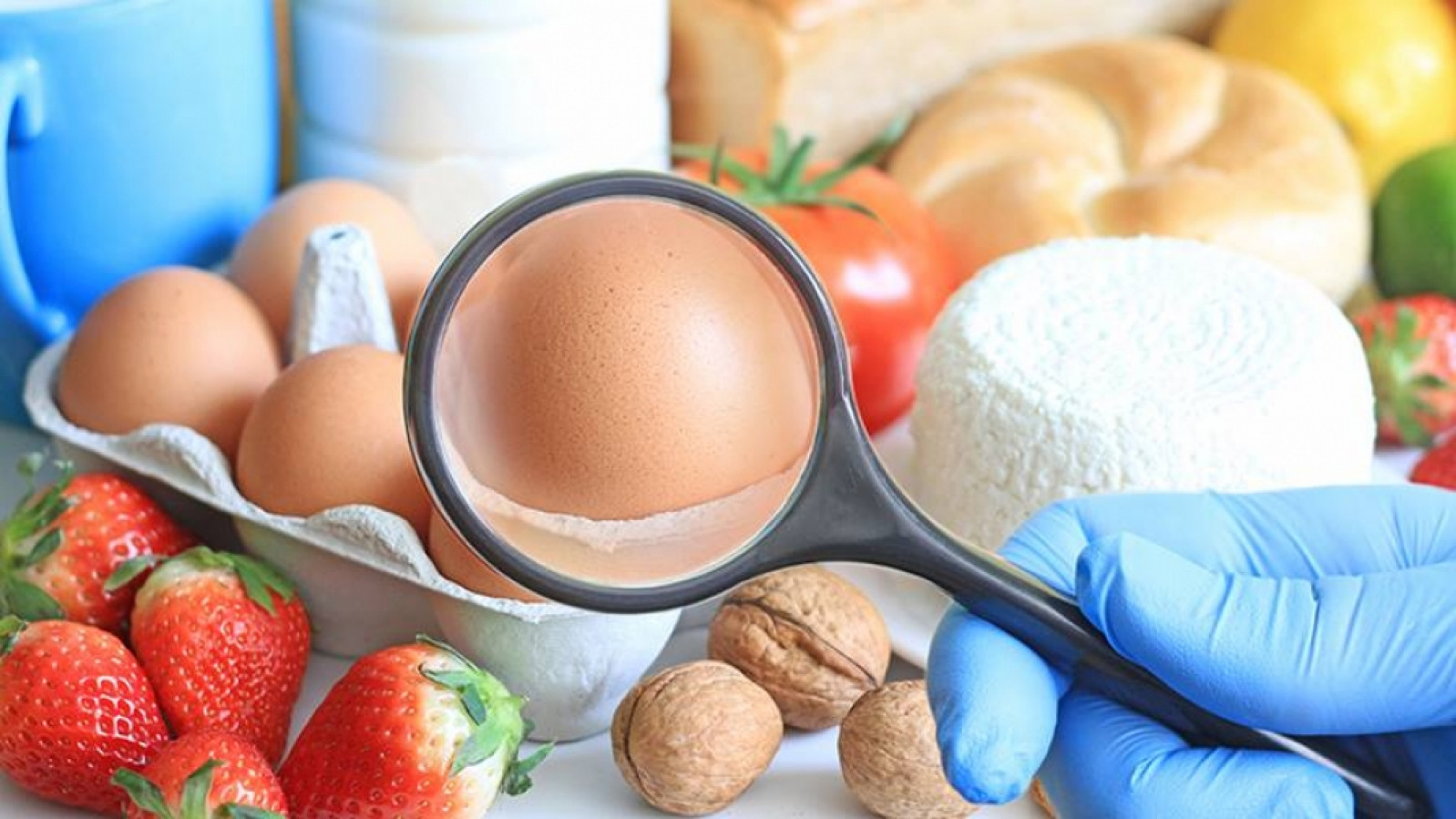Richard Ehrlich writes about food and drink for a wide range of national and London-based publications. Here, he talks us through the top five things every restaurateur should focus on:
What will be the new avocado, the next big thing that every menu will have to offer? Some people are brave enough to make predictions like that, and more power to them. I like to notice restaurant trends that arenÂt quite so glamorous, but which pop up again and again in conversations with friends and colleagues. Note: these are not Âthe next big new trend. They are current trends that I think will continue to flourish in 2018 and beyond. If you want to know what will replace avocados as the hot new ingredient, pop down to your local magic shop and buy a crystal ball.
Traceability
Picture the scene. An enthusiastic customer asks your waiter, ÂWhere do these amazing scallops come from?Â
Wrong answer: ÂI donÂt know. Scotland?Â
Good answer: ÂI donÂt know but IÂll find out when I go back to the kitchen.Â
Ideal answer: ÂWe buy all our shellfish from a wholesaler who gets them directly from the fishermen, and IÂm pretty sure the scallops come from a diver working out of Shetland. I can find out the name if youÂre interested.Â
Traceability cannot always be this precise, but it should remain your gold standard. The more you can train your waiters and waitresses to share that knowledge, the better it reflects on your business. Traceability is a great way of showing your customers that you take pride in what you buy, and that you want to give them food of high quality. It doesnÂt have to be ultra-local  not every restaurant has a farmer down the road with a flock of free range hens  but just being aware of the original source sends a great signal to your customers.
Cleanliness
A visit from your local Environmental Health Officer is never going to make you clap your hands in excitement, but the approval of an EHO is not the only reason to go big on cleanliness. The best reason is that your customers will love it. I canÂt tell you how many times a friend or reader has begun a comment on a bar or restaurant by saying something like, ÂThe food was good but the toilets were a mess!Â
OK, not every restaurant has the resources to copy LondonÂs fabled Le Gavroche, where the whole place is deep-cleaned after every dinner service and then again in the morning before lunch kicks off. But you should still aim high. Clean the hell out of every surface that customers might see. Check the loos every hour or so while service is in action. Polish every glass  water spots are never a good look. If you have empty tables, clear and wipe them as a matter of urgency  incoming punters will notice crumbs or glass marks. Walk around with a dust cloth in your pocket and use it on out of the way places that cleaners might not always think of. Your customers may not consciously notice a lot of these things when theyÂre done right, but they will notice if theyÂre done wrong.
Organics
Mentioning the ÂO word can sometimes bring a sneer from a lot of sceptics. They think the public likes to talk the talk, but wonÂt pay extra to walk the walk. These sneers are misplaced. Organic food sales continue to grow  and at an extremely fast pace. (In 2016 the increase was just under 5 per cent, while in 2017 it was just over 7 per cent.) It is still a relatively small percentage of total food sales, but that just means thereÂs more room to increase the market. Customers like seeing the word organic on the food they buy, whether at a shop or in a restaurant. My local butcher sells organic chickens and non-organic. The uncertified birds cost 20 per cent less and are superior in taste. Yet many customers insist on the organic. Needless to say, you should never sacrifice quality for a certificate from the Soil Association. But wherever you can get the same quality at an economic price, you should grab it. Then itÂs up to you how much to boast on your menu  IÂm in favour of boasting a lot, but you decide.
Going green
Uh oh. IÂm about to climb into the pulpit. At the risk of sounding preachy, I would like you to consider your restaurantÂs environmental impact  and to make it as small as possible. ItÂs the right thing to do and the commercially sensible thing to do. And thatÂs a killer combination. Look at every single aspect of what you buy and what itÂs made of. WeÂre talking everything from napkins to takeaway containers to straws. And the packaging that products come in. Do you serve mayo and ketchup in single-use squeezy bottles? Ditch them for a catering-size tub and serve them to customers in glass bowls. Look at your food-waste policies. If youÂre throwing away the trim, find a place where you can compost it (and develop recipes that put it to use). If youÂre buying a new hand dryer for the toilet facilities, buy a fast-acting version. ItÂs all about examining every aspect of your business and seeing where things can be improved. I bet there will be lots of them.
Two veg with a side order of meat
Millennials eat less meat than their elders. Even if theyÂre not vegetarian or vegan, theyÂre trying to eat more plant-based food for a multitude of reasons  environmental, health, money. You can profit from their preferences by re-examining your menus to see where you can switch the emphasis from animal to vegetable. ItÂs basically a matter of ditching the old Âmeat and two veg concept in favour of plates where the veg predominate and meat is a side order, or a seasoning, or a topping. For instance: instead of serving a steak and chips with a side salad, you can halve the steak size and serve it on a bigger salad. This costs you less money and will cost your customers less money, too. Or take up ideas from other cuisines for cutting down meat quantities. Japanese ramen dishes are incredibly popular now, and typically they contain no more than a few ounces of meat with their savoury noodle soup. Authentic Italian pasta sauces typically contain much less meat than the UK versions: make your sauces good enough and no one will care. Middle Eastern and north African cuisines use pungent spices to jazz up predominantly pulse- or vegetable-based stews. And donÂt neglect the humble egg, which millennials eat with abandon. Apart from the perennially popular Sunday roast, meat rarely has to be the central focus of your dishes. Start adapting your menu soon.
Author: Richard Ehrlich
Richard Ehrlich has been writing about food and drink for many years, and for a wide range of national and London-based publications. When he is not eating in restaurants, he will usually be found at home cooking dinner for his wife and sometimes a daughter or two. Or three.







